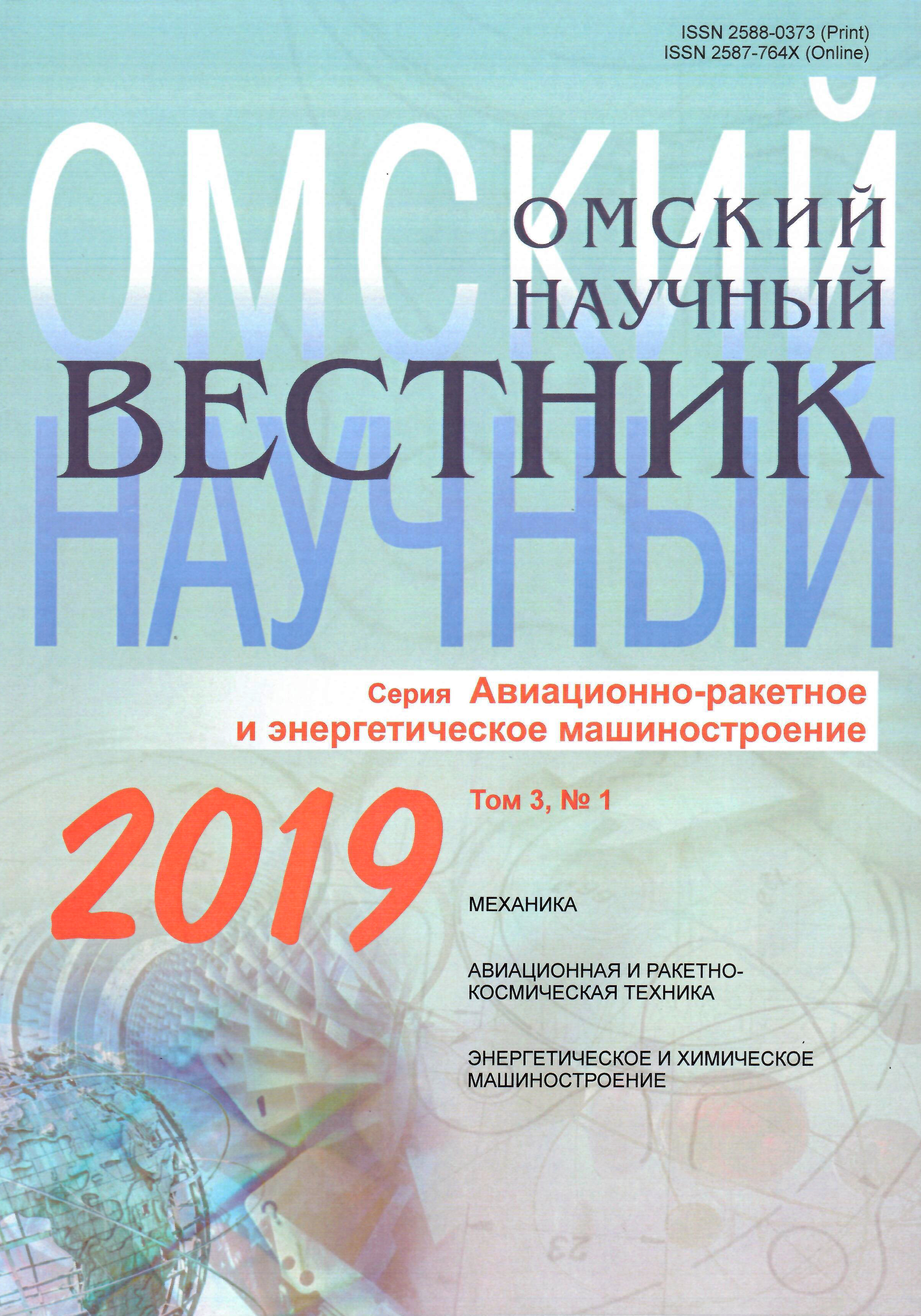Mathematical model of the rubber-cord shell of rotation for pneumatic dampers
DOI:
https://doi.org/10.25206/2588-0373-2019-3-1-22-41Keywords:
pneumatic tire mechanics, air springs, rubber-cord shell, mathematical model, calculation methodAbstract
The review of the fundamental scientific works on the mechanics of pneumatic tires is given. A mathematical model is proposed for a rubber-cord shell, taking into account the tensile properties of the cord threads and the elastic resistance of the rubber matrix without limiting the magnitude of the deformations, which differs from the mathematical model of the moment-free theory of mesh shells used in pneumatic tires mechanics. The applied loads are assumed to be static and axisymmetric. Equilibrium equations are compiled in the form that excludes the emergence of a singularity at special points and does not require special techniques and tools for integration. To construct the constitutive relations reflecting the structural heterogeneity of the material and described by smooth functions of spatial coordinates, the principle of virtual displacements is used. The order of solving the equations of the mathematical model is indicated. A critical analysis of the known variants of the theoretical description of the initial geometry of the rubber-cord shell after its manufacture is given. A modified method is proposed, based on the consideration of the process of deformation of the representative element of the workpiece and
generally accepted assumptions. The redundancy and inadmissibility of the assumption of the constancy of the pitch between the cords or the assumption of the constancy of the area of the elementary rhombic cell of the workpiece are indicated. The developed mathematical model is designed to design air springs with optimal performance.
Downloads
Published
How to Cite
Issue
Section
License
Non-exclusive rights to the article are transferred to the journal in full accordance with the Creative Commons License BY-NC-SA 4.0 «Attribution-NonCommercial-ShareAlike 4.0 Worldwide License (CC BY-NC-SA 4.0»)




